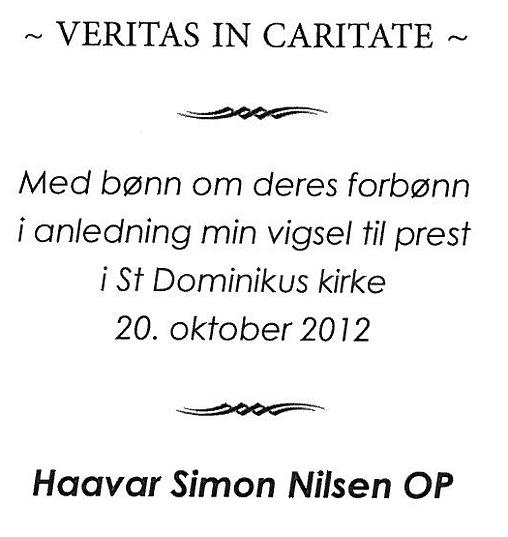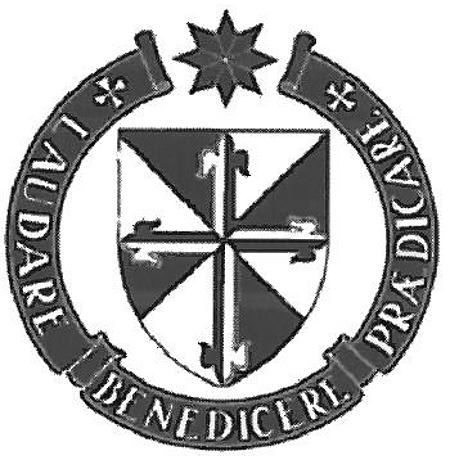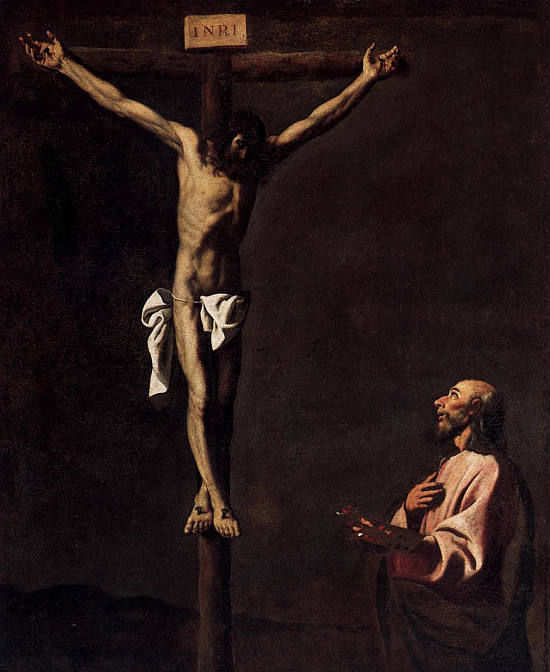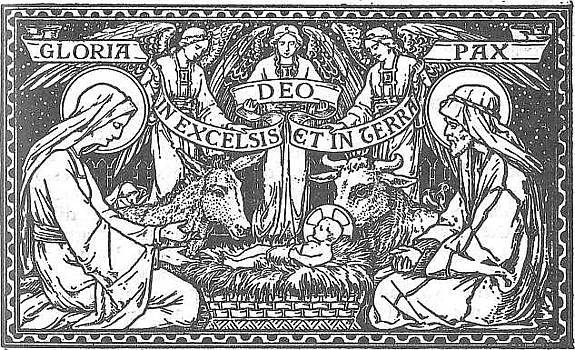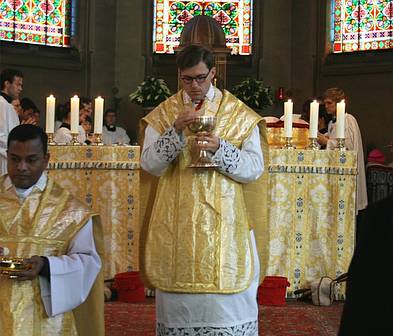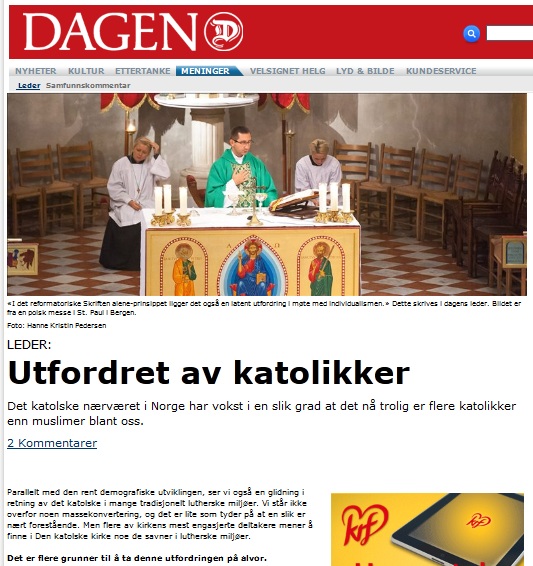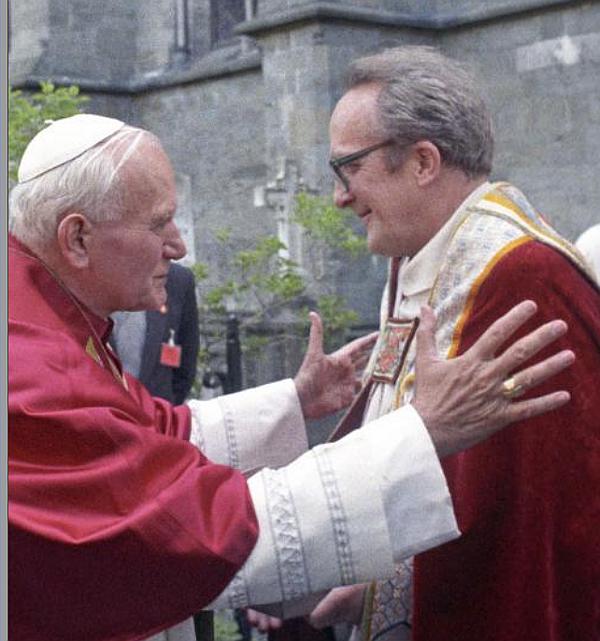
Jeg skrev nylig om de mange artiklene i avisa Dagen om forholdet mellom katolikker og protestanter. I går leste/ kjøpte jeg flere av disse avisene (det kan man gjøre HER), og leste bl.a. det som ser ut til å være den første artikkelen i serien, fra mandag 24. september, også denne skrevet av journalist Tore Hjalmar Sævik. Her er noen utdrag:
…. Kirkehistoriker og rektor ved Menighetsfakultetet, Vidar L. Haanes, (sier at det jo) er en sterk historie i Norge for ganske markert antikatolsk tenkning. Slik har det vært på både blant liberale og konservative teologer. De liberale fryktet dogmetvang, de konservative fryktet katolsk lære.
Blant indremisjonsfolket har skepsisen til katolisismen vært ganske sterk. I tillegg har norsk misjon, som har hatt noen av sine arbeidsfelt i Latin–Amerika, opplevd katolisismen som en motstander, sier Haanes.
De første tegnene til en mer positiv holdning i Norge mener han kom med Hallvard Rieber Mohn, pateren og skribenten som sto for en kulturåpen katolisisme og var mye synlig i norsk samfunnsdebatt fra 1950–tallet og utover. ….. Men det tok tid før det skjedde mer på det offisielle planet. Da pave Johannes Paul II besøkte Norge i 1989, takket syv av elleve biskoper nei til å delta under fellesgudstjenesten i Nidarosdomen. Nidaros–bi-skop Kristen Kyrre Bremer tok imot paven. De to omfavnet hverandre og paven kalte den norske prelaten «brother». I dag ville biskopene trolig stått i kø for å delta under en gudstjeneste med paven, sier Haanes.
Den såkalte felleserklæringen om rettferdiggjørelsen fra 1999 ga rom for ny forståelse på kirkelig plan, men ikke alle var like begeistret eller mente denne var klar nok. I perioden etter har man også hatt mye frustrasjon i relasjonene. Til tross for tilnærming, skjedde det lite på katolsk side. Man åpner ikke for felles nattverd eller aksept for vår prestetjeneste, sier Haanes.
Han peker på et annet trekk som førte til at flere ble mer fortrolige med katolisismen: Mange konservative lutherske prester og teologer som var frustrerte over utviklingen i Den norske kirke, søkte i katolsk retning.
…. Blant faglig ansatte på MF registrerer han at mange ser positivt på katolisismen fordi man der opplever at mange av teologene deler deres pre-misser. Man opplever nå at katolske bibelforskere og teologer setter Skriften høyt både i samlivsetiske spørsmål og i kontroversielle spørsmål i bibelfags-diskusjonen, sier han. Slik sett opplever man på flere måter sterkere samhørighet med disse enn med liberale protestanter. … … Han poengterer at større åpenhet og en mildere tone mellom katolikker og protestanter ikke er noe eksklusivt norsk fenomen, men del av en internasjonal tendens.
I et mer folkelig perspektiv tror Haanes at enkeltpersoner, ikke minst dominikanermunken Arnfinn Haram som døde i vår, har vært viktige for å endre holdningen til katolisismen. … … Han tror ikke det vil komme en økt tendens til konvertering til Den romersk–katolske kirke framover og minner om at veksten primært skyldes innvandring, og at katolikkene har lykkes svært godt med å integrere nye landsmenn. Derimot tror han man kan regne med at det kan komme mer kritikk mot katolisismen. Så langt har man sluppet lett unna sammenliknet med det som er tendensen eller i Europa, sier han.
Det Haanes sier om erklæringen om rettferdiggjørelsen fra 1999 er ganske interessant: «… også mye frustrasjon i relasjonene. Til tross for tilnærming, skjedde det lite på katolsk side. Man åpner ikke for felles nattverd eller aksept for vår prestetjeneste …». Det er interessant at noen lutheranere ventet seg slike tilnærmelser, når samtalen om rettferdiggjørelsen ikke i det hele tatt drlftet spørsmålene om felles nattved eller embedsforståelsen.



